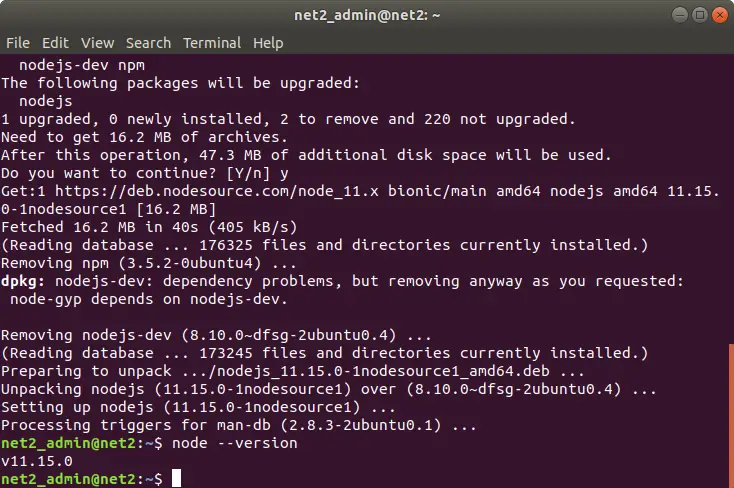


On the final ‘Review’ step, click the ‘Launch’ button On the ‘Configure Security Group’ tab, add a new ‘Custom TCP Rule’ for port 1880 Select the Instance Type - t2.micro is a good starting point In the list of Quick Start AMIs, select Ubuntu Server Running on AWS EC2 with Ubuntu Create the base EC2 image In addition, this deployment option enables you to run Node-RED under https and to login via Auth0 (or you can easily swap to in-built auth or any Passport-compatible ID provider). The infrastructure is created for you by a CloudFormation template, so you don’t need to know much about AWS to set it up. To get started, clone the repository here and follow the simple instructions. Because it runs multiple nodes behind a load balancer, you will have high availability - if a node dies, Elastic Beanstalk will replace it automatically. This deployment option gives you a multiple node Node-RED setup, with a shared filesystem using Amazon Elastic File System (EFS). Running on Elastic Beanstalk with High availability Any flows you create will be saved to AWS S3 so you can tear down the environment and the flows will be accessible whenever you redeploy. Your Node-RED instance is now running on EBS. Note: the public IP address also provides access to the node-red application and it would be good practice to remove that access at the same time i.e. This will provide direct access to the node-red administration console. copy its IP addressĮnter the IP address in the browser with a port of 8081. Select the EC2 instance which is running the node-red application. Set type to “all traffic” and source to “my ip”. Once selected, click on “Actions” and then “Edit inbound settings”. Select one with the name of your environment and a description of “Security Group for ElasticBeanstalk Environment”. In the AWS Console, select EC2, then select security groups. Instead we will configure direct access to the administration port of node-red on the ec2 instance it is using. However this is insecure and does not work very well for logging.

Node-RED is now accessible directly from the web url of the application. This will take a long time to run but eventually will return successfully. At the command prompt make sure you are in your application’s top-level directory and run the command eb create you may wish to specify a more unique application name.StorageModule: require('node-red-contrib-storage-s3'),


 0 kommentar(er)
0 kommentar(er)
